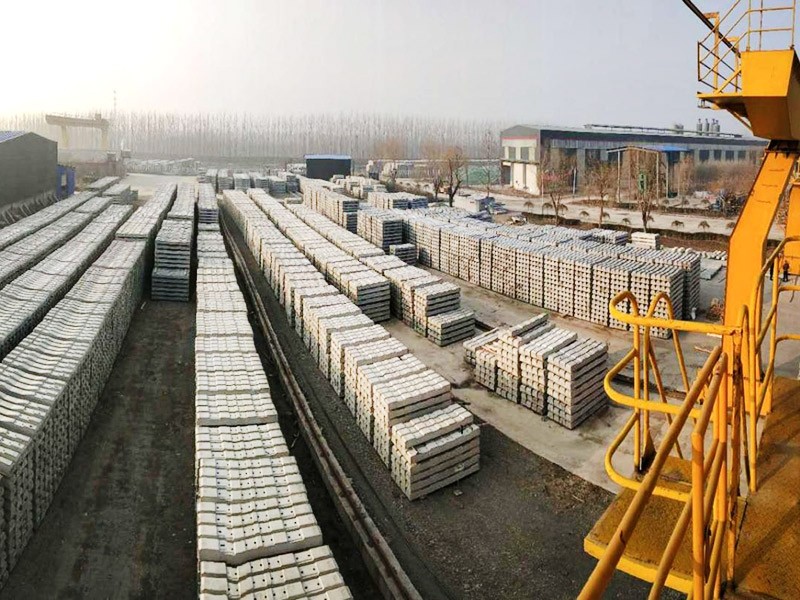Sleeper, also known as rail sleeper, is a type of railway accessory. However, the material used is not just wood, so calling it a sleeper is more scientific. According to their usage purposes, they can be divided into: ordinary sleepers for general sections; bridge sleepers for ballastless bridges; Used for switch sleepers on turnouts.
Type I concrete sleeper:
The Type I concrete sleeper is designed with a laying density of 1840 pieces/km and is suitable for medium and lightweight tracks.
Type II concrete sleeper:
The design of Type II concrete sleepers is based on the characteristics of heavy load lines that bear large loads and have a high number of repetitions, with a running speed of 120 km/h, suitable for heavy and sub heavy tracks. Compared with Type I rail sleepers, the calculated bearing capacity of the positive bending moment of the sub rail section is increased by 13% to 25%, the positive bending moment of the middle section is increased by 8.8%, and the negative bending moment of the middle section is increased by 14% to 41%.
Type III concrete sleeper:
In order to meet the requirements of strong track structures, type III rail sleepers have been developed. Type III concrete sleepers come in two forms: shoulder blocking and no shoulder blocking. There are two types of lengths: 2.6m and 2.5m. The rail sleeper configuration is designed with 1760 pieces/km, mainly suitable for heavy-duty tracks.


 Chinese
Chinese









